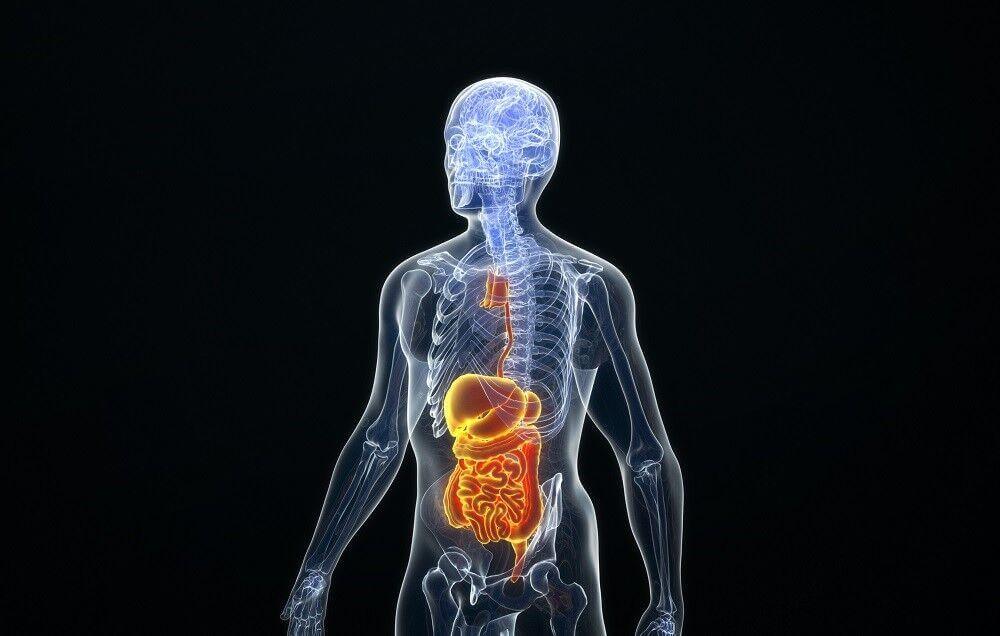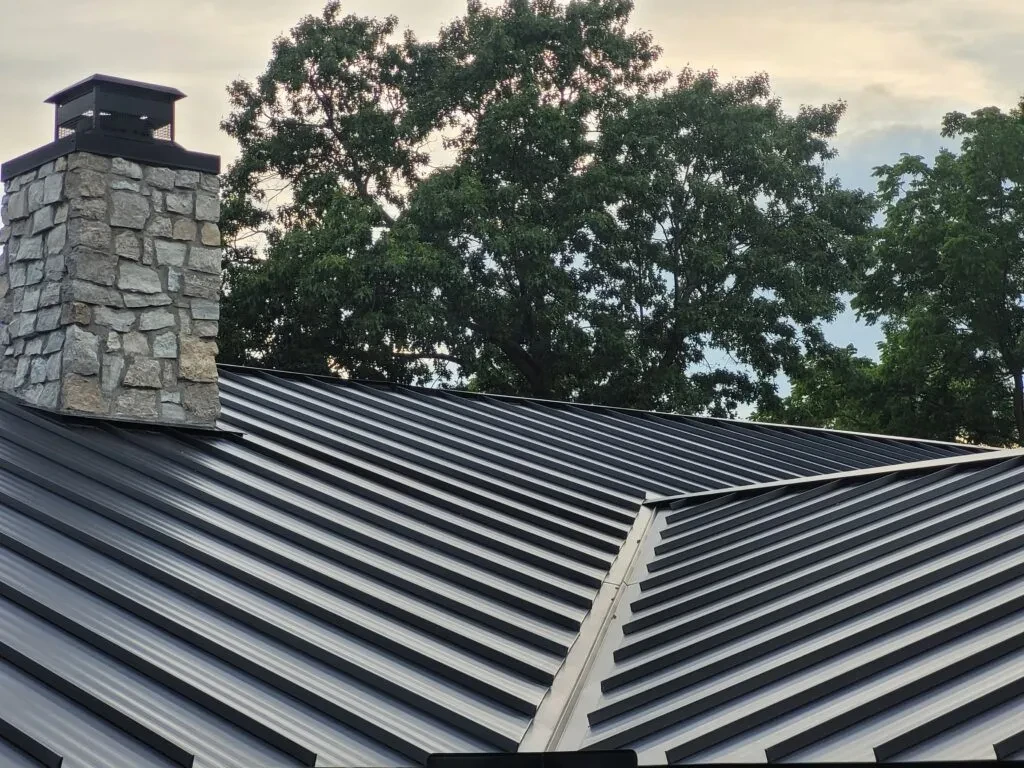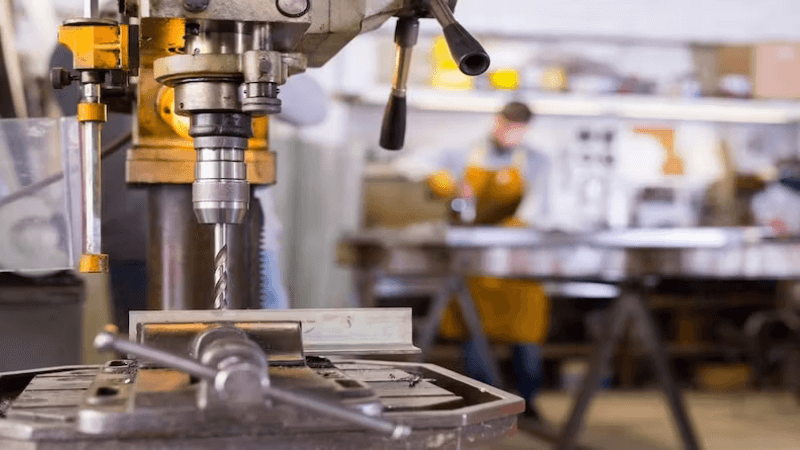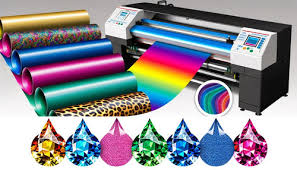Material Composition and Technical Characteristics of DTF Transfer film.
When it comes to digital textile printing, DTF transfer film plays a crucial role in achieving sharp, durable, and vibrant designs. The film acts as the foundation where inks and adhesive powders interact before being transferred onto garments. For businesses and individuals exploring the details of DTF printing, understanding the material composition and technical characteristics of this film is essential. If you are looking to read more about how hot peel or cold peel films differ, this knowledge will help you select the right type of film for your printing projects.
Material Composition of DTF Transfer film.
DTF transfer film is engineered with multiple layers that work together to deliver reliable transfers. Each layer has its own function and contributes to the final output. The main components include:
1. Base Layer (Polyethylene Terephthalate – PET):
The base of the film is typically made from PET, a thermoplastic polymer known for its clarity, strength, and dimensional stability. PET is widely used because it can withstand high heat during curing and ensures the film remains flat without warping.
2. Coating Layer:
On top of the PET base lies a special coating layer that provides a receptive surface for water-based DTF inks. This layer is chemically treated to improve ink adhesion, ensuring sharp and consistent print quality. The coating also prevents ink bleeding and allows for precise color reproduction.
3. Release Layer:
The release layer is what makes it possible to peel the film after pressing. Depending on the film type, this can be designed for hot peel (immediate removal after heat pressing) or cold peel (removal after cooling down). The release properties are carefully balanced to ensure easy separation without damaging the design.
4. Adhesive Powder Compatibility:
Although not a permanent part of the film, the transfer process involves the application of a hot-melt adhesive powder. The film’s coating layer is engineered to hold the powder effectively, ensuring smooth bonding to fabric when heat and pressure are applied.
Technical Characteristics of DTF Transfer Film:
The performance of DTF transfer film is defined by several technical characteristics. These properties determine how well the film handles printing, curing, and transferring onto garments.
1. Thickness and Durability:
Most DTF films have a thickness ranging between 75–100 microns. This range provides the right balance between flexibility and stability. Films that are too thin can curl or shift during printing, while excessively thick films may hinder ink absorption.
2. Transparency and Clarity:
High-quality DTF films are semi-transparent, allowing for accurate alignment of designs during transfer. The transparency also aids in quality checks before pressing, ensuring the print is correctly positioned on the garment.
3. Ink Absorption and Drying Time:
The coating layer of the film is optimized for fast ink absorption, preventing smudging and improving production efficiency. Quick drying ensures that the design can be powdered and cured without delays, which is vital for bulk printing operations.
4. Heat Resistance:
Since DTF films undergo curing at temperatures ranging from 140°C to 160°C, the PET base must withstand heat without shrinking or warping. This resistance is critical for consistent results across multiple prints.
5. Peel Options (Hot Peel vs. Cold Peel):
- Hot Peel Film: Allows for immediate peeling after pressing, speeding up workflow.
- Cold Peel Film: Requires cooling before peeling, but often provides more durability and resistance to cracking.
Both options have unique advantages depending on production speed and garment type.
6. Compatibility with Inks and Fabrics:
DTF films are designed to work with water-based pigment inks. These inks provide strong color vibrancy and durability. Once transferred, the design bonds well with a wide range of fabrics including cotton, polyester, blends, and even leather.
Why the Material Composition Matters:
The carefully engineered composition of DTF films ensures several benefits:
- Sharp Image Quality: The coating prevents ink spread, resulting in crisp prints.
- Strong Adhesion: Works seamlessly with hot-melt powder for long-lasting transfers.
- Smooth Peeling: Optimized release layer prevents tearing or incomplete transfers.
- Fabric Versatility: Allows printers to work with multiple garment types without limitation.
These qualities make DTF films a versatile solution for custom apparel businesses and printing shops.
Key Advantages of High-Quality DTF Transfer Film:
When sourced from trusted manufacturers like dtflinko.com, premium DTF films offer consistent performance that reduces waste and improves efficiency. Some key advantages include:
- Cost-effectiveness: Reliable transfers reduce misprints and material loss.
- Scalability: Suitable for both small custom runs and large-scale bulk orders.
- Eco-friendliness: Water-based inks and efficient materials support sustainable printing.
- Long-lasting Prints: Designs withstand multiple washes without fading or cracking.
Applications of DTF Transfer Film:
DTF transfer film is widely used in industries and businesses that require detailed and durable designs on textiles. Applications include:
- Custom T-shirts and Hoodies
- Sportswear and Team Uniforms
- Promotional Apparel
- Bags, Caps, and Accessories
- Specialty Fabrics such as leather and canvas
Its flexibility and strong bonding make it an all-in-one solution for both fashion and promotional industries.
Final Thoughts:
The material composition and technical characteristics of DTF transfer film determine its overall performance, durability, and print quality. From the PET base to the specialized coating and release layers, every element of the film is designed for precision. By selecting the right film type — whether hot peel or cold peel — businesses can achieve flawless results that last.
As DTF printing continues to grow in popularity, understanding the science behind the film ensures you make informed choices for your printing projects. With reliable options available from professional suppliers, investing in high-quality DTF films will always pay off in terms of consistency, durability, and customer satisfaction.









